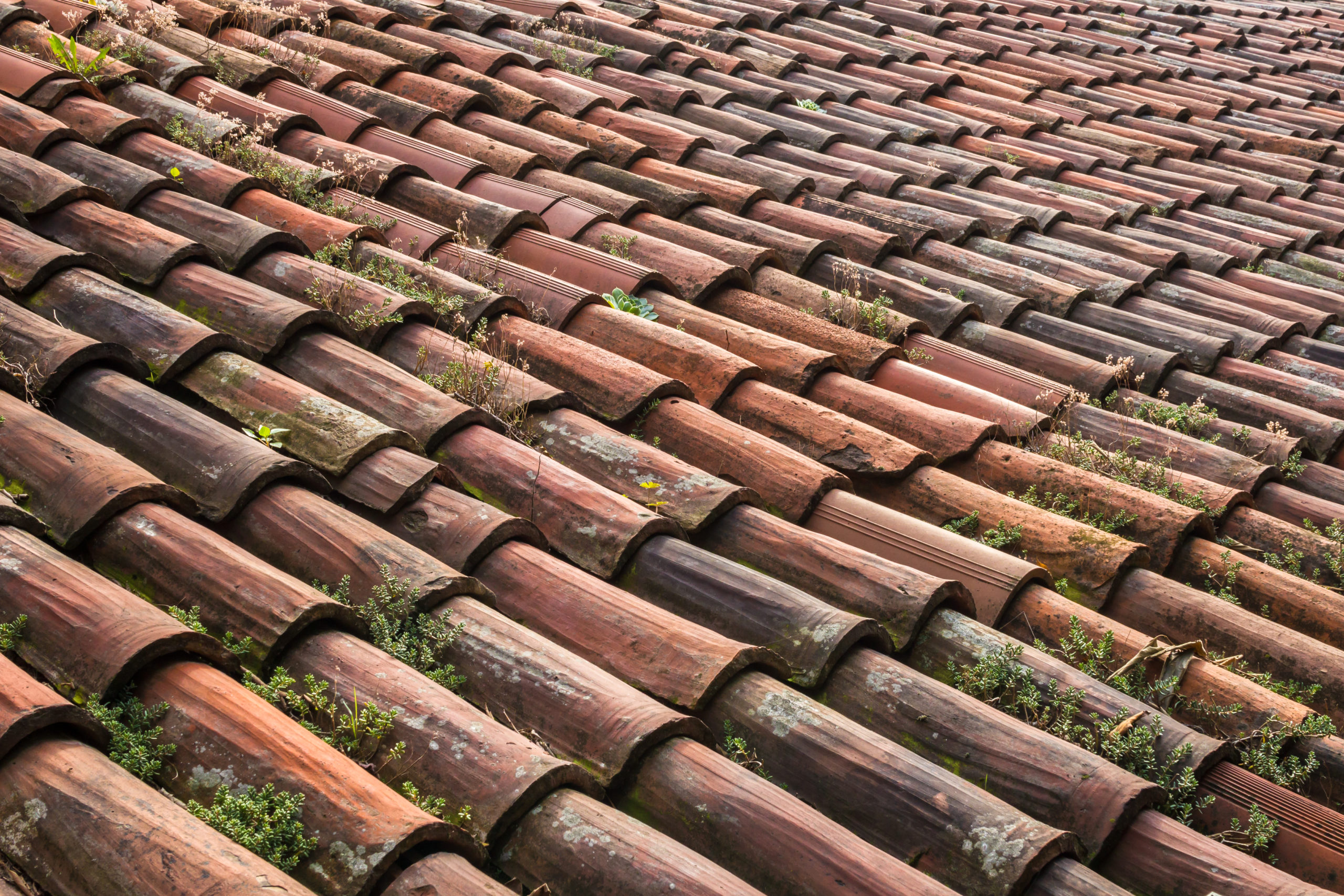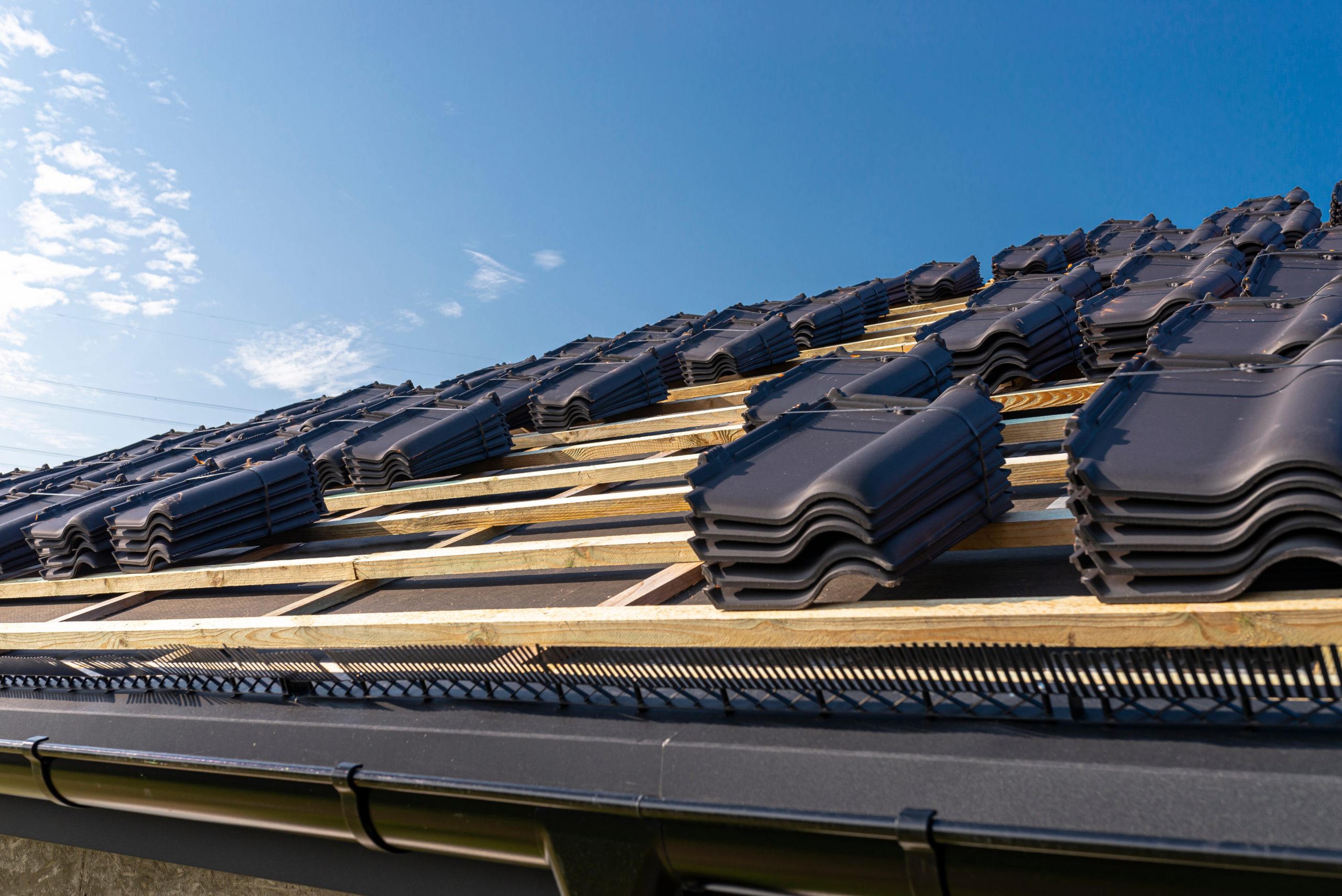Weathering and Erosion Science... For Your Roof!
Your home’s roof is a silent guardian, shielding you from the elements day in and day out. However, it’s not invincible. Over time, the forces of nature, particularly weathering and erosion, can take a toll on your roof, potentially leading to costly repairs if not addressed promptly. This comprehensive guide delves into how weathering and erosion affect your roof and explores effective maintenance strategies to prolong its lifespan.
The Role of Weathering in Roof Deterioration
Weathering is the gradual breakdown of materials due to exposure to weather conditions such as sunlight, rain, wind, and temperature fluctuations. Over time, this can manifest in various ways, which is why, according to the providers of roof inspections San Diego locals trust, routine roof inspections are necessary. Roofs experience significant temperature variations, especially in regions with extreme weather conditions. These fluctuations can cause roofing materials to expand and contract, stressing the structure. Over time, this continual movement can result in cracks, weakening the roof’s integrity and making it susceptible to further damage.
For instance, the sun’s ultraviolet (UV) radiation significantly contributes to roof weathering. Asphalt shingles, a common roofing material, can degrade over time when exposed to intense sunlight. UV rays cause the chemical structure of asphalt to break down, leading to shingle discoloration, brittleness, and, ultimately, reduced effectiveness in protecting your home.
Erosion: A Silent Culprit
Water Erosion
Water erosion is a potent force that can wreak havoc on your roof. Rainwater, if not properly managed, can lead to water pooling, leaks, and structural damage. Flat or low-slope roofs are particularly vulnerable, as they may accumulate water, accelerating erosion. Water both physically and chemically erodes your roof. he physical erosion from the water hitting and running down the structure, and the chemical wear from the different minerals and elements found in the water.
Wind Erosion
Wind erosion is another factor that contributes to roof deterioration. High winds can carry abrasive particles, such as sand and debris, which can impact the surface of your roof. Over time, this abrasive action can wear down roofing materials, compromising their integrity. In colder climates, ice and snow add extra complexity to roof maintenance.
Regular Inspections to Prevent Erosion
Frequent roof inspections are the cornerstone of proactive maintenance to prevent weathering and erosion from causing damage to your roof. Look for signs of damage, loose or missing shingles, and any debris that might have accumulated. Consider engaging a professional roofing inspector for a thorough assessment to uncover hidden issues that might escape an untrained eye. Document your inspection findings and maintenance activities to create a comprehensive record, track the roof’s health over time, and inform future maintenance decisions.
Signs of Roof Damage
Interior Warning Signs
Detecting roof damage early is crucial for effective maintenance. Interior signs of roof issues include water stains on ceilings, peeling paint, and sagging or discolored drywall. Moreover, paying attention to any sudden energy bill spikes may indicate potential roof problems affecting insulation. Exterior signs, such as moss or algae growth, can signal moisture retention, which may lead to deterioration over time. Proactive monitoring and swift action in response to these warning signs can significantly extend the life of your roof and save you from major headaches down the line.
Exterior Warning Signs
Externally, look out for missing or damaged shingles, curling or blistering, and visible signs of wear. Check for clogged gutters, which can contribute to water pooling and facilitate erosion. Regular inspections can help you catch problems in their early stages. Furthermore, monitor any granule loss from asphalt shingles, as it could indicate advanced wear. Leaning or displaced chimney stacks and damaged flashing are additional exterior signs that warrant attention. Taking a proactive stance by addressing these issues promptly during routine inspections is vital to preserving the structural integrity of your roof and avoiding more extensive damage.
Other Essential Roof Maintenance Strategies
Cleaning Gutters and Downspouts
Installing gutter guards can be a proactive measure to minimize debris accumulation and reduce the frequency of cleaning. Neglecting gutter maintenance not only jeopardizes the roof’s health but also puts the entire foundation of your home at risk by allowing water to infiltrate and compromise its structural integrity. Regular upkeep of gutters is an investment in the longevity and resilience of your roof and the overall well-being of your home.
Tree Maintenance
Overhanging branches pose a risk to your roof during storms and high winds. Trim back branches that could potentially fall onto your roof, causing damage. Additionally, regularly remove leaves and debris from the roof surface. Moreover, consider consulting with an arborist to assess the long-term health of nearby trees and determine if any pose a continuous threat. Regularly removing fallen leaves and debris reduces the risk of roof damage and prevents the accumulation of moisture, which can contribute to the growth of moss and algae. Thoughtful tree maintenance is a proactive step towards safeguarding your roof and ensuring its resilience in changing weather conditions.
Repairing Roof Damage Promptly
If you notice any signs of roof damage during your inspections, address them promptly. Repairing minor issues early on can prevent them from escalating into more extensive and costly problems. Additionally, delaying repairs may compromise the structural integrity of your roof, making it more susceptible to leaks and water damage during adverse weather conditions. Timely intervention not only preserves the overall health of your roof but also safeguards your home’s interior, preventing mold growth and insulation deterioration.
Choosing Durable Roofing Materials
Impact of Material Choice on Longevity
When it comes to roofing, not all materials are created equal. Some materials are more resistant to weathering and erosion than others. Consider your region’s climate and choose roofing materials that are well-suited to withstand the local weather conditions.
Popular Roofing Materials and Their Durability
- Asphalt Shingles: Common and cost-effective, but may have a shorter lifespan in areas with intense sunlight.
- Metal Roofing: Durable and resistant to weathering, suitable for various climates.
- Tile Roofing: Resistant to weathering but heavier, so proper structural support is crucial.
- Slate Roofing: Highly durable and resistant to weathering, but can be expensive.
Roof Coatings for Protection
Roof coatings provide additional protection against UV rays and other environmental factors. Reflective coatings can help regulate temperature, reducing the impact of temperature fluctuations on your roof.
Your roof is a vital component of your home’s structure, and understanding how weathering and erosion affect it is crucial for its long-term health. By staying vigilant with regular inspections, promptly addressing damage, and choosing durable roofing materials, you can mitigate the impact of weathering and erosion, ensuring your roof protects your home for years to come. Remember, investing time and resources in preventive maintenance today can save you from more significant headaches and expenses in the future.


































































































